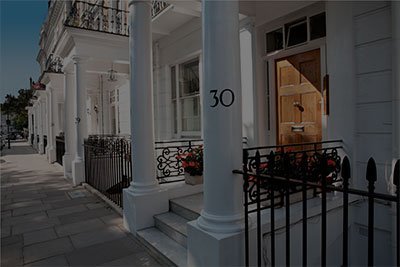
ADVERSE POSSESSION AND BOUNDARY/NEIGHBOUR DISPUTES: PROVING ADVERSE POSSESSION
Adverse possession relates to the means by which a person, who is not, on paper, the legal owner of land, can nonetheless become the legal owner by virtue of possessing the land for a lengthy period of time.
Two key factors are involved in claiming adverse possession:
- uninterrupted factual possession of the land for the requisite period; and
- an intention to possess the land during that period of possession
The factual possession element means that the claimant must have had physical control of the land for the requisite period and, in general terms, acted as if they were the owner. Equally, there must be an intention to possess by the claimant to the exclusion of all others.
A significant body of case law has developed over the years as to what is meant by factual possession and the intention to possess.
Different rules apply to adverse possession depending on whether the land is registered or unregistered and the period of time over which adverse possession is claimed.
The Land Registration Act 2002 (LRA 2002) came into force on 13 October 2003 and introduced a new regime for dealing with adverse possession in relation to registered estates.
The previous regime, which is based on the Limitation Act 1980 (LA 1980), continues to apply but only in relation to:
- Unregistered land
- Registered land where the possession relied upon is for a period of at least 12 years ending before 13 October 2003
Under the new regime, a claimant will be entitled to apply to be registered as the owner of registered land if they can prove that they have been in adverse possession for ten years ending on the date of the application. However, in addition, a claimant must give notice to the paper owner of their wish to be registered and the paper owner may object based on a number of specific grounds.

